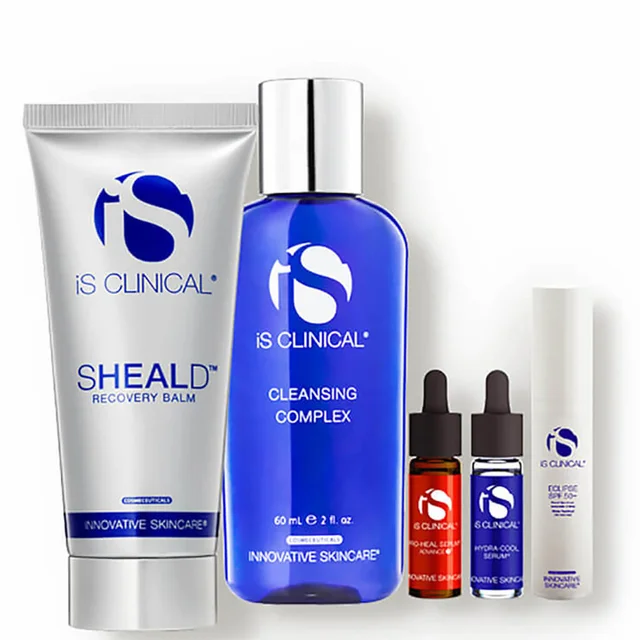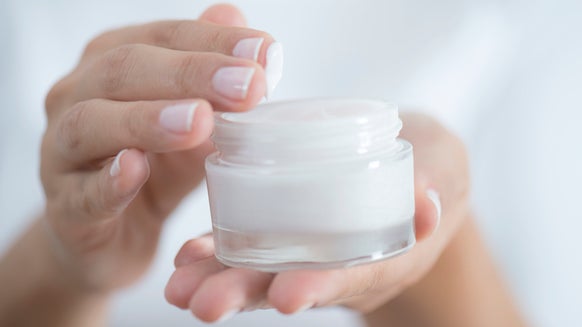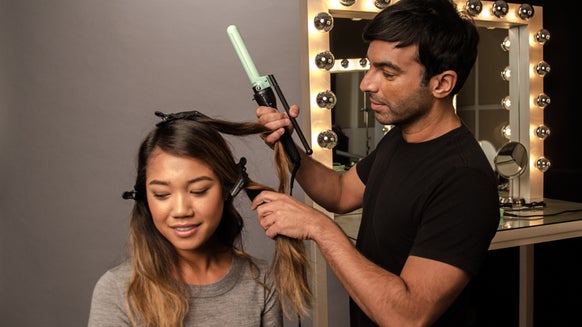What to Expect During & After a Mole Removal Procedure
Moles often add a little pop of contrast or a point of distinction on the complexion, but beauty is ultimately all about choice. If you prefer a streamlined look for your skin, modern mole-removal procedures offer plenty of safe and viable options. Before you focus too much on aesthetics, though, get familiar with your mole. While most moles are completely harmless, some may indicate more serious conditions.
Know Your Mole
Sometimes, the choice to remove a mole goes beyond personal preference. In rare cases, moles serve as warning signs for the skin cancer melanoma, which can be successfully treated with early detection. Cancerous characteristics include: a mole with several different colors in it such as brown, black, pink, grey; an asymmetric mole, and a mole with irregular borders. Plenty of people have up to about 40 small moles—each typically smaller than a pencil eraser—but a greater quantity or larger size calls for an immediate trip to your dermatologist.
What to Expect
If you've got a small, benign mole you'd like to remove for cosmetic purposes, consult your dermatologist about the procedure that's best for you. You've got options, but in any case, you can usually expect an outpatient procedure with a short recovery period—though these factors vary depending on the amount of moles removed and the type of procedure used.
Procedures and Recovery
Doctors most often remove benign moles via excision, or by shaving them off with a scalpel, sometimes following the application of a local anesthetic. Some cases may require small surface stitches. If your doctor spots any signs of a potentially cancerous mole, he or she may opt to have a sample of the extracted tissue analyzed at a pathology lab. After the mole is no more, you'll have to regularly apply a petroleum jelly ointment to the affected area, clean the surrounding skin at least twice daily and maintain a fresh bandage at all times. If the removal required stitches, you'll need to follow up with your doctor within four to 12 days to remove to the sutures.
In general, you'll be able to go about life as usual after you step out of the doctor's office, though you might experience a bit of bleeding and a little soreness during recovery. Though most mole-removal procedures share plenty of common ground in recovery, always follow your doctor's individual instructions closely for the safest and most successful recovery. If your mole was located in a spot exposed to sun, be sure to apply SPF to protect the affected area.
This article has been reviewed by board-certified dermatologist Dr. Emmy Graber.

From the latest hair and makeup trends to the best solutions for your skin issues, we've got all your beauty concerns covered!








